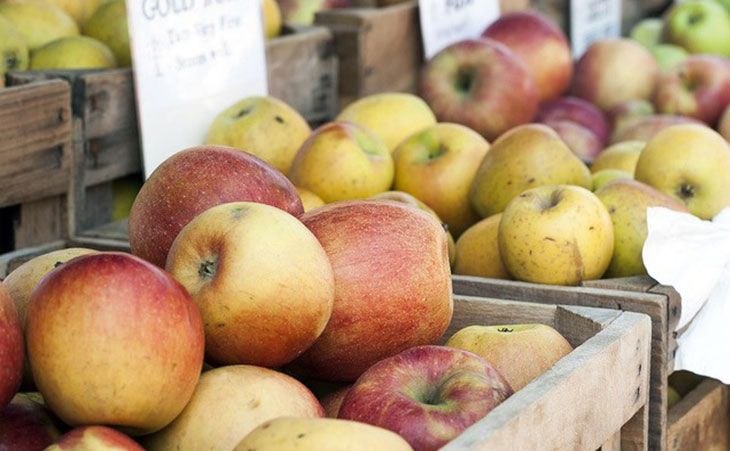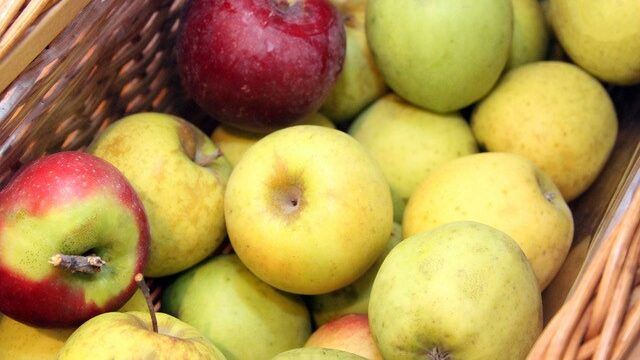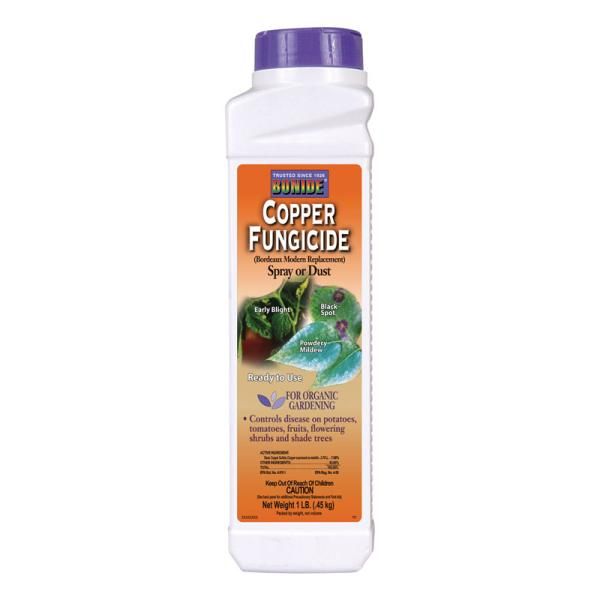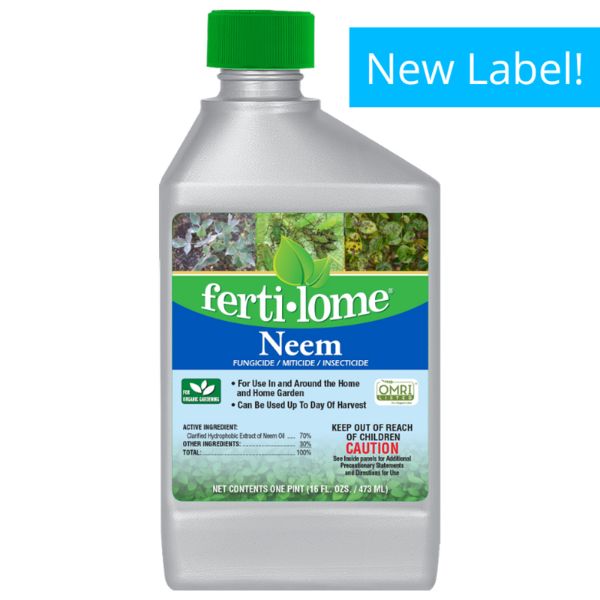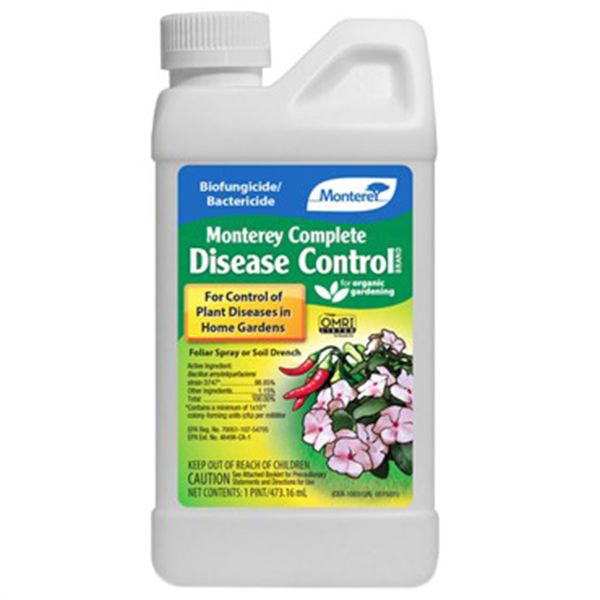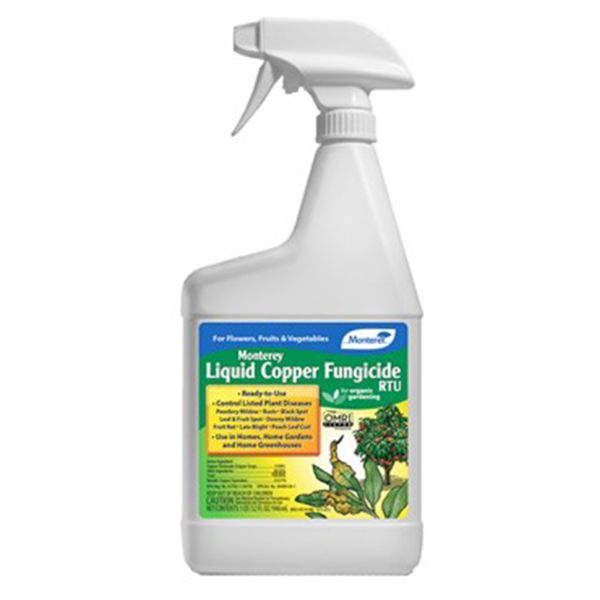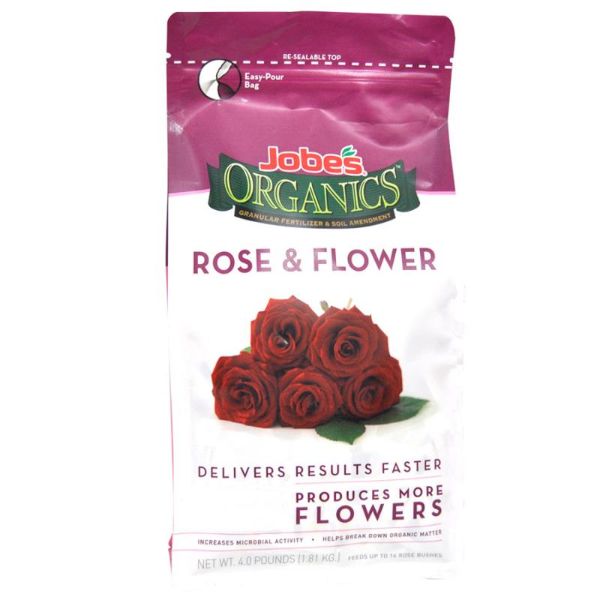Growing More “Perfect” Organic Fruit
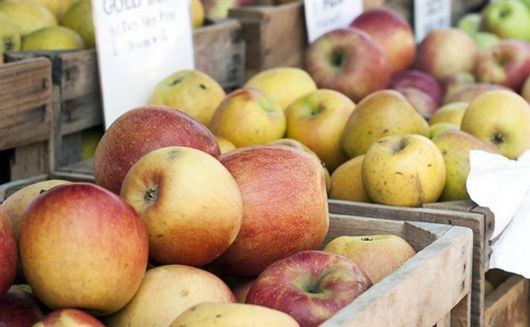
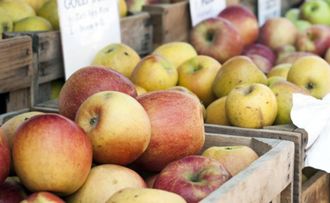
(For purposes of this article, we’re only going to focus on how the fruit looks when it’s not chemically treated. Mottling and pitting caused by disease and insects are addressed in our Growing Guide. Find the “Pests & Disease” section of each “How To Grow …” fruit category. For example, pest and disease control for apple trees.)
Ironically, the fruit that looks the saddest when grown organically is the apple. Pears can suffer in the beauty contest as well. These two types of fruit are usually affected with:
- Sooty blotch and flyspeck
- Irregular shape or small size
The good news is that 1) these issues are strictly cosmetic and do not affect the fruit’s interior and 2) there is much you can do to reduce the incidence of these conditions.

Sooty blotch and flyspeck
These are both fungal diseases that appear as dark brown or black smudges or clusters of tiny, round, metallic-black flecks on the apple or pear skin. They exist only on the surface of the fruit and the skin can be eaten if desired, though it’s not terribly appetizing. Sooty blotch and flyspeck thrive in moderate climates with extended wet stretches in the early fall (as on the East Coast.)
To fight sooty blotch and flyspeck:
- Make sure you’re practicing proper pruning, which increases air circulation, which in turn diminishes the opportunity for fungus diseases to get a foothold.
- Buy disease-resistant varieties. All of Stark Bro’s organic fruit trees are disease-resistant to begin with. Let the gene pool of the tree fight off disease instead of having a constant battle with it. The tree/plant will thrive without intervention and give you fruit worth crowing about.
- Use an organic fungicide when problems first arise.
Small or misshapen fruit
Organically grown fruit is often smaller because it’s not fed a constant diet of growth-spurting synthetic fertilizer. If you’re not careful to continually check your soil health and make sure all of the macro- and micronutrients are in proper balance, your fruit quality and appearance will suffer.
For larger fruit with a more uniform shape:
- Grow native. Native plants automatically adapt better to local conditions and will not experience the stress of say, an apple tree that’s been planted in Georgia. Don’t try to grow what doesn’t belong there; the result will almost always be smaller fruit, more bitter fruit and less nutritious fruit.
- For tree fruit, thinning is a must. Leaving too many fruits on a limb will 1) overcrowd the fruit, misshaping much of it and forcing it to remain small; 2) increase the likelihood of fruit drop and 3) may cause the limb to break under the weight, especially of heavy-bearing trees.
- Use organic fertilizers to keep your soil stocked with the right ratio of nutrients to adequately feed your organic tree.
In general:
Start with an organic fruit tree. When you “grow clean” from the start, the tree will not undergo stress when it’s weaned off an early life of synthetic food and pest/disease control.
Choose untemperamental trees and plants. Small soft fruits (raspberries, currants, blueberries, etc.) are easier to grow than fruit trees, although there are many varieties of fruit trees that are quite easy to manage. Trees and plants that are naturally less fussy are far more likely to produce more uniform, spotless fruit without the aid of chemicals.
Consider location. Always plant fruiting trees and shrubs in the sun, but not in the lawn. Sunlight creates strong producers and uniform fruit. Lawns sap nutrients from edibles and have different water requirements. Planting an apple tree in a lawn invites overwatering and fungus disease, which most certainly disfigures/destroys fruit.
Get fruit off the ground. Keep strawberries in hanging baskets to prevent nibble marks, bird-peck holes and wet-soil contact, all of which can cause bruising, blemishes and mold/fungus. Trellis blackberries and raspberries for the same reasons, and be sure to net them come harvest time to keep the birds from poking holes in your fruit.
Grow small. By choosing a dwarf fruit tree, you can be a better bug and disease monitor, and stop problems before they start.
With just a little pre-planning and diligence on your part, your organic fruit can be beautiful on the inside and outside!
Grow Your Own Organic Fruit Trees
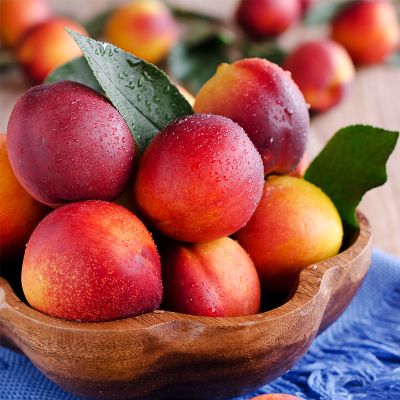 Amoore Sweet Nectarine
$115.99
Amoore Sweet Nectarine
$115.99
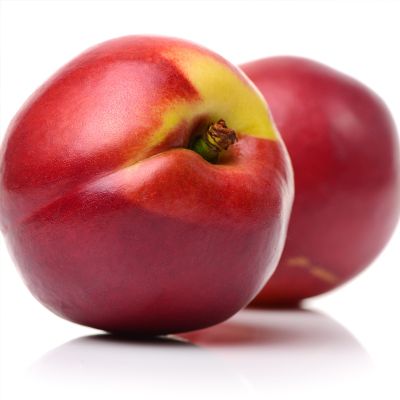
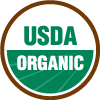 This item is USDA certifield organic
Avalon™ Nectarine
Starting at $99.99
This item is USDA certifield organic
Avalon™ Nectarine
Starting at $99.99
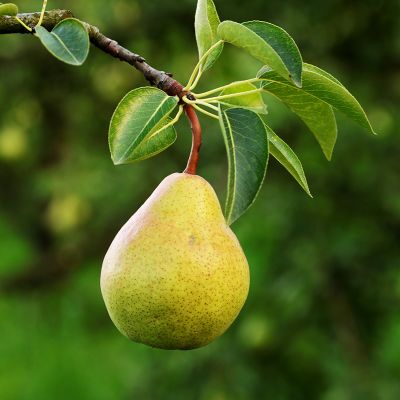 On Sale
Bartlett Pear
Starting at $34.99
Easy to Grow!
On Sale
Bartlett Pear
Starting at $34.99
Easy to Grow!
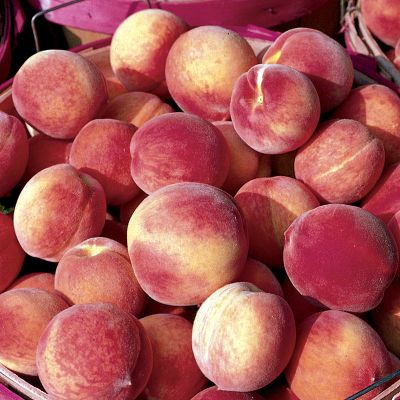 On Sale
Contender Peach
Starting at $39.99
On Sale
Contender Peach
Starting at $39.99
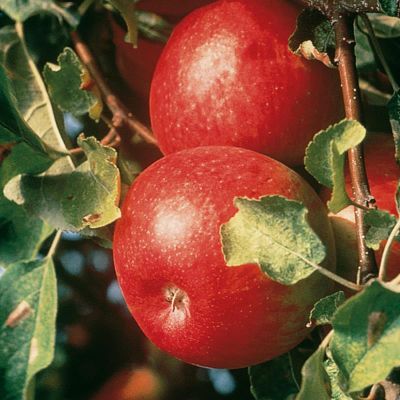 On Sale
Cortland Apple
Starting at $34.99
On Sale
Cortland Apple
Starting at $34.99
 On Sale
Cresthaven Peach
Starting at $45.99
On Sale
Cresthaven Peach
Starting at $45.99
 On Sale
Elberta Peach
Starting at $39.99
On Sale
Elberta Peach
Starting at $39.99
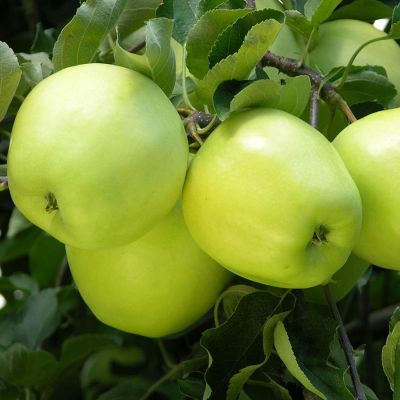 On Sale
Ginger Gold® Apple
Starting at $35.99
On Sale
Ginger Gold® Apple
Starting at $35.99
- Article Categories:
- How To Grow
- Organic Gardening

